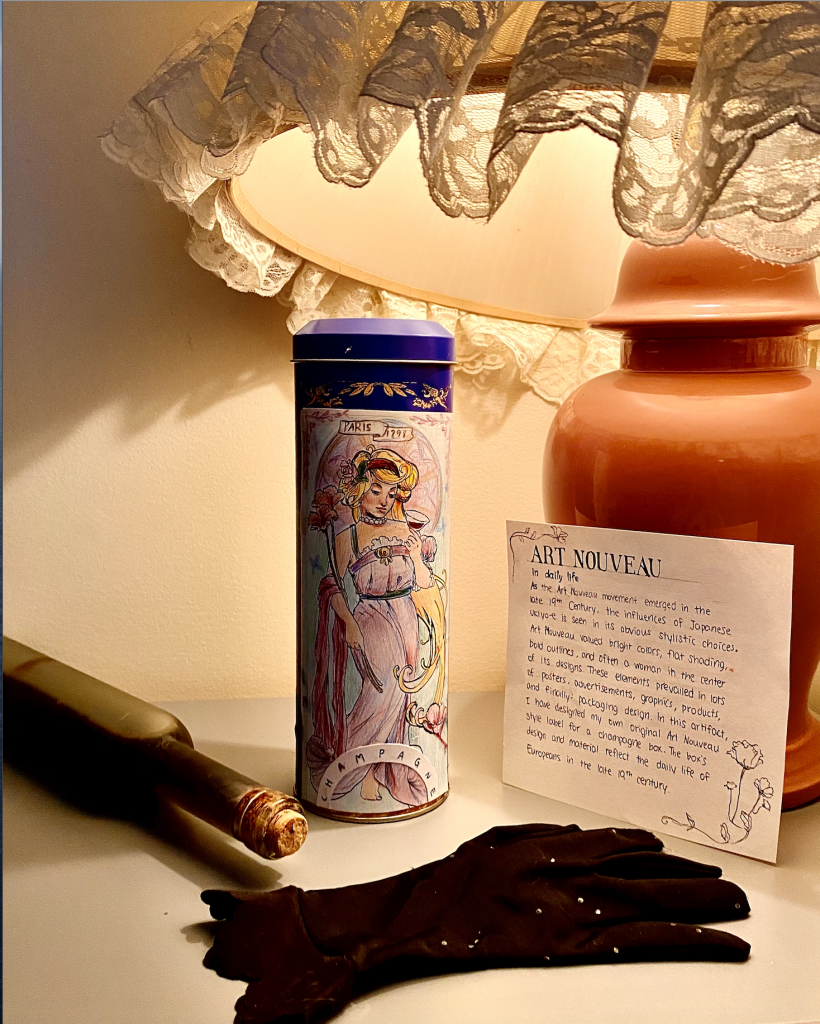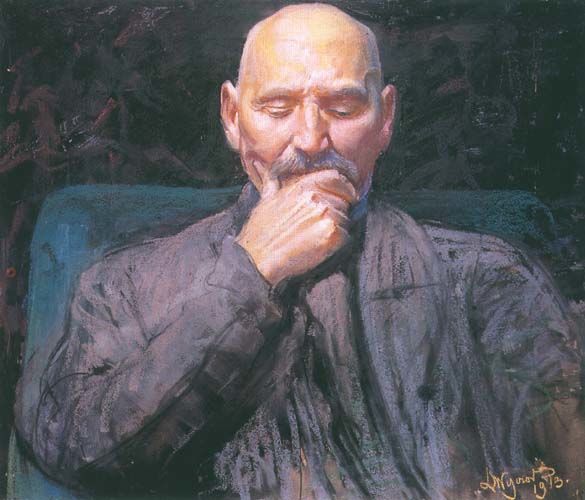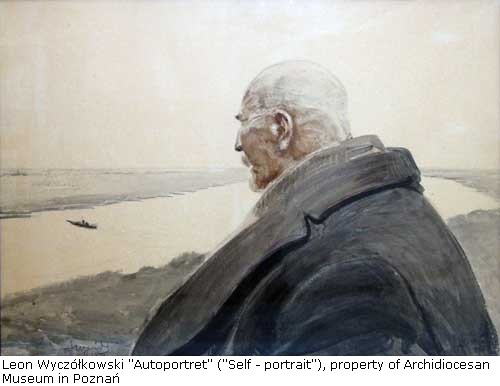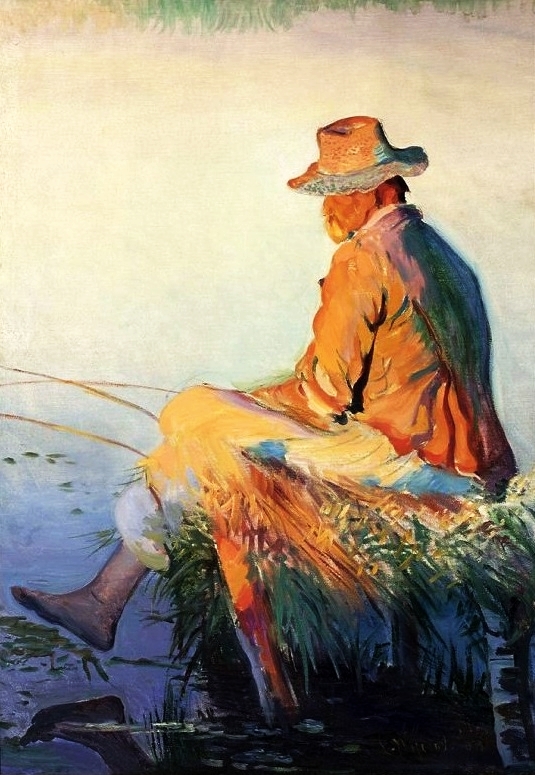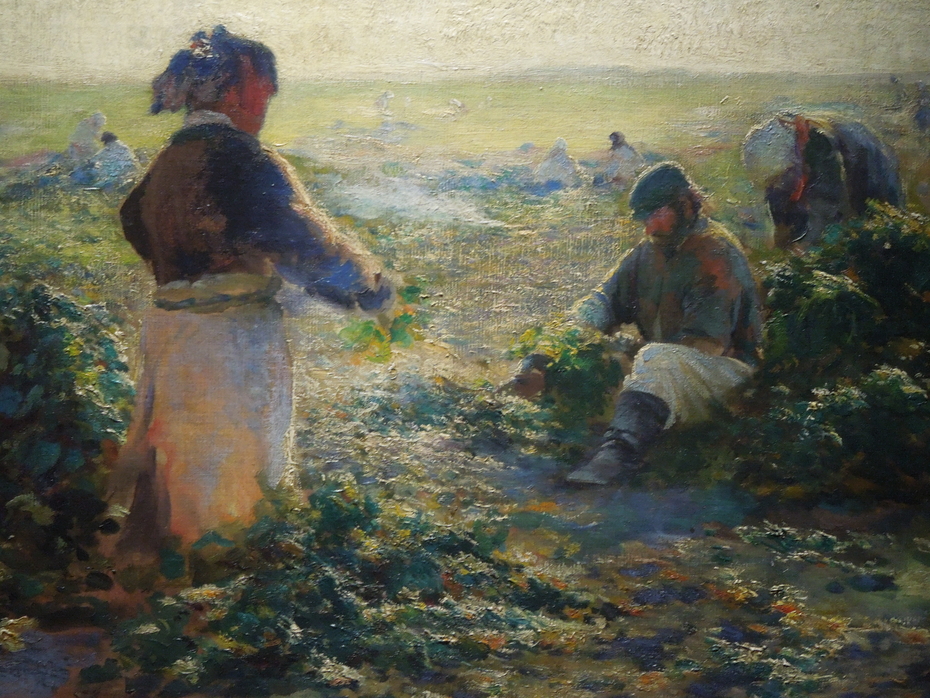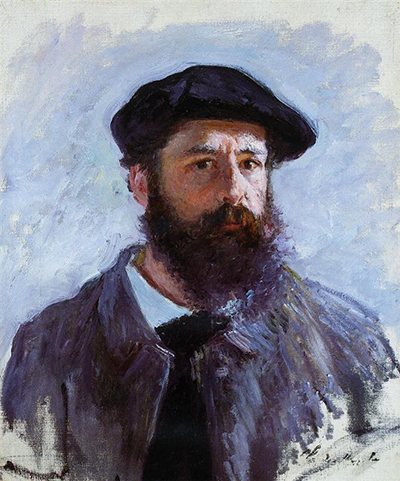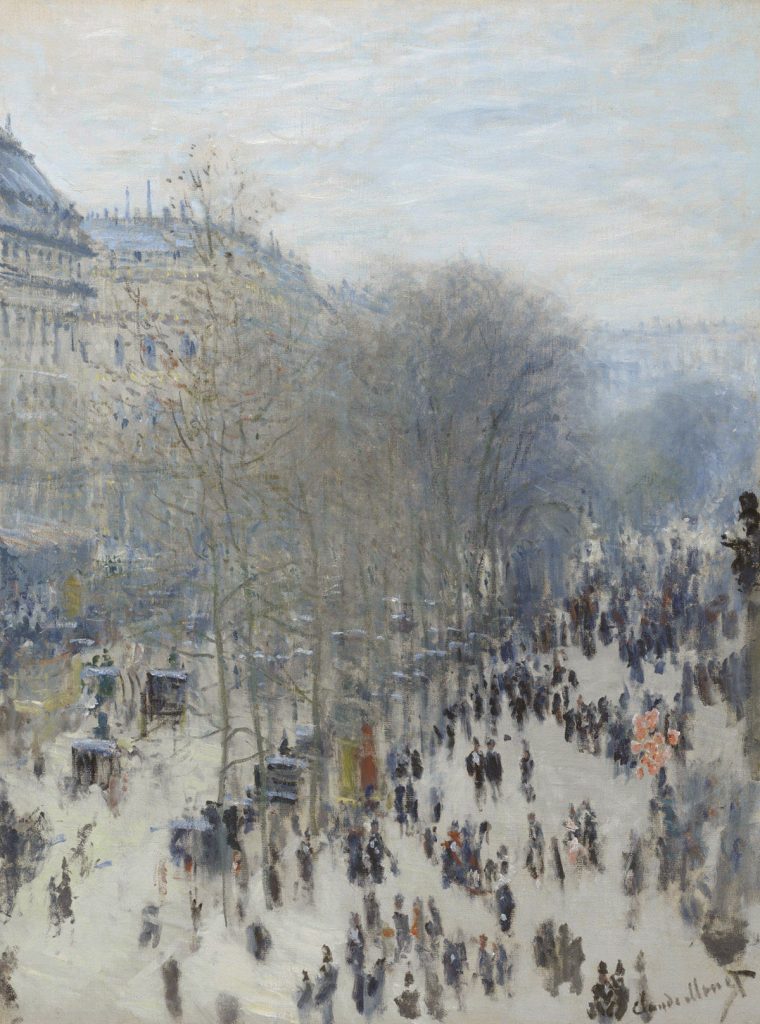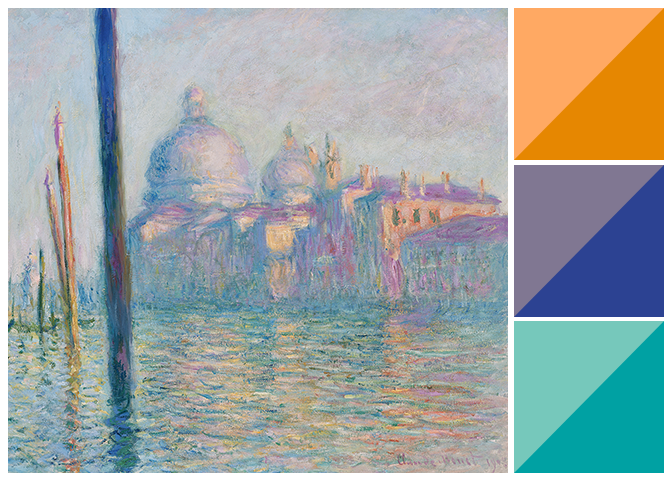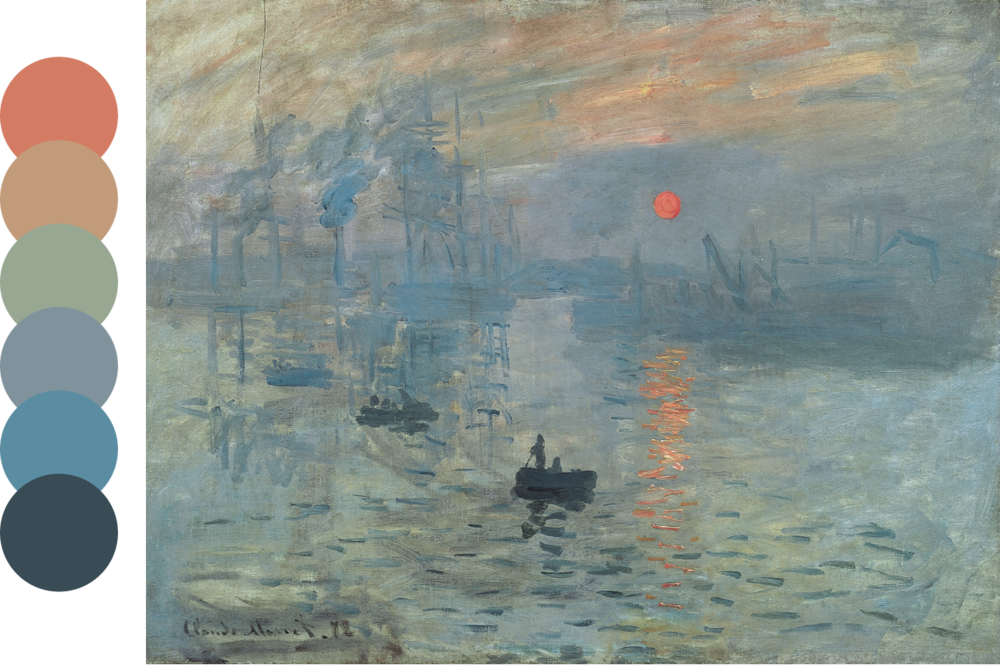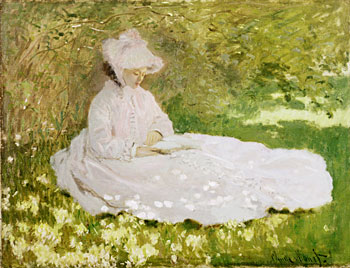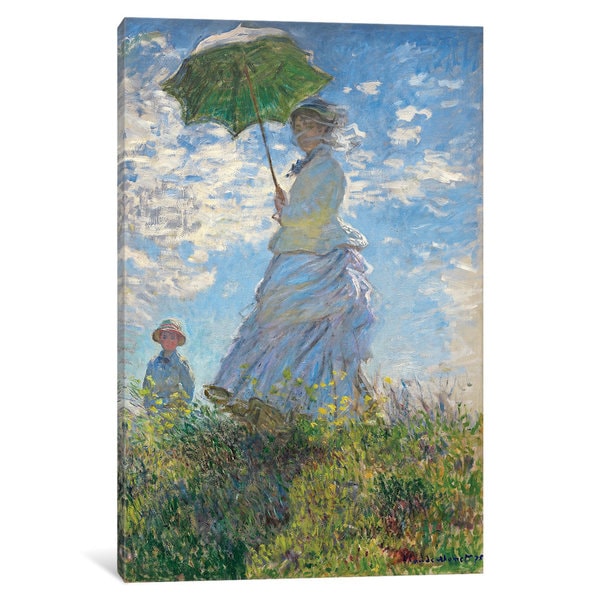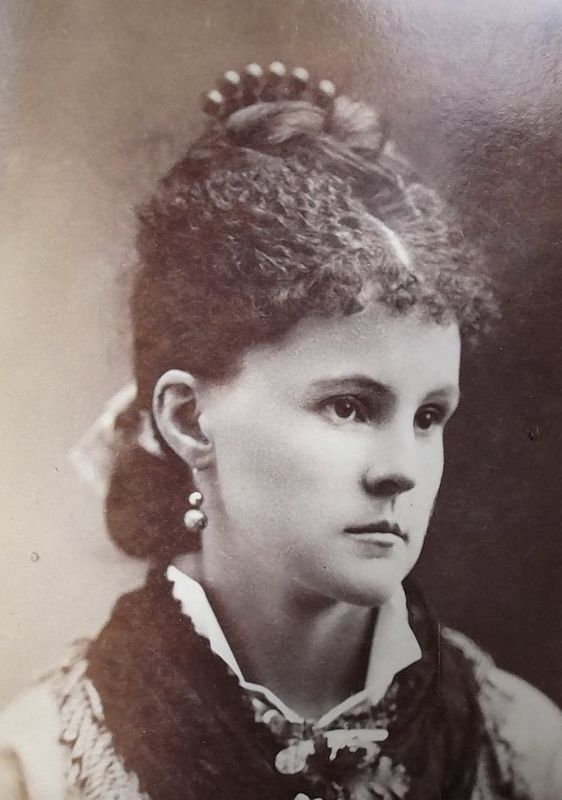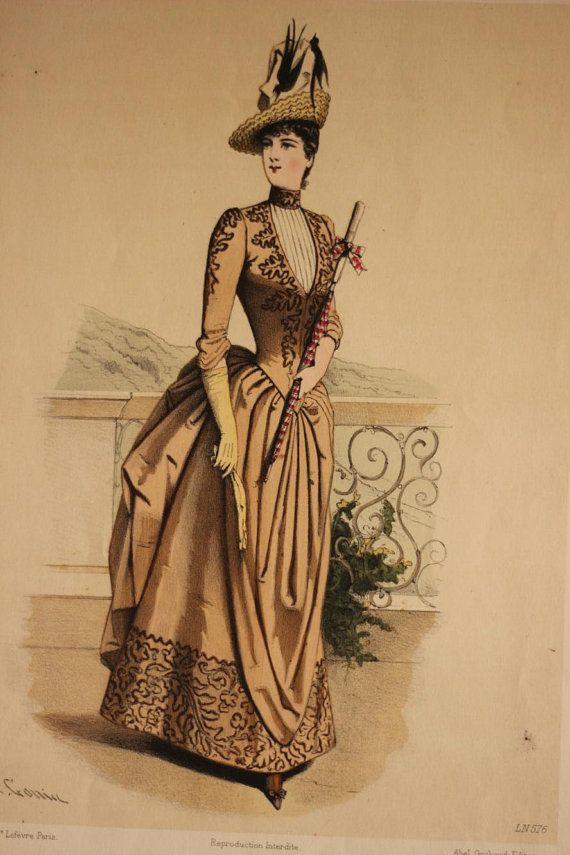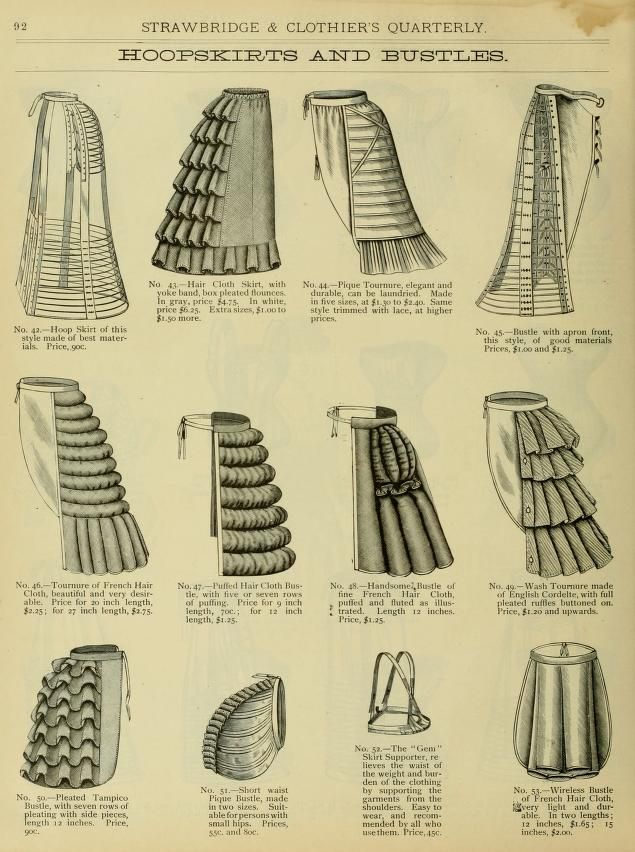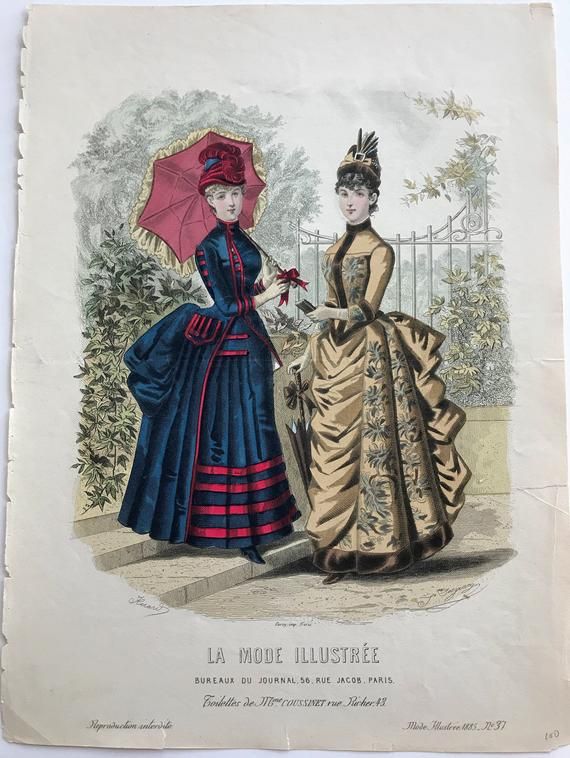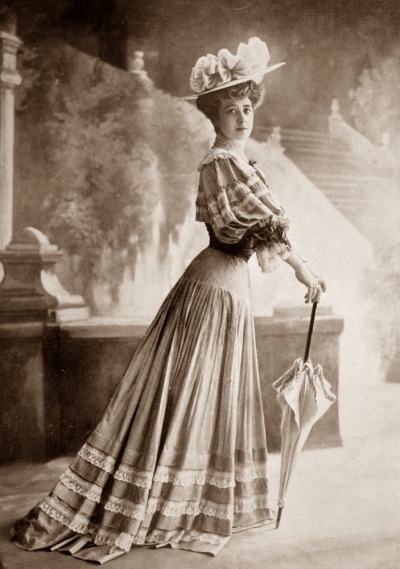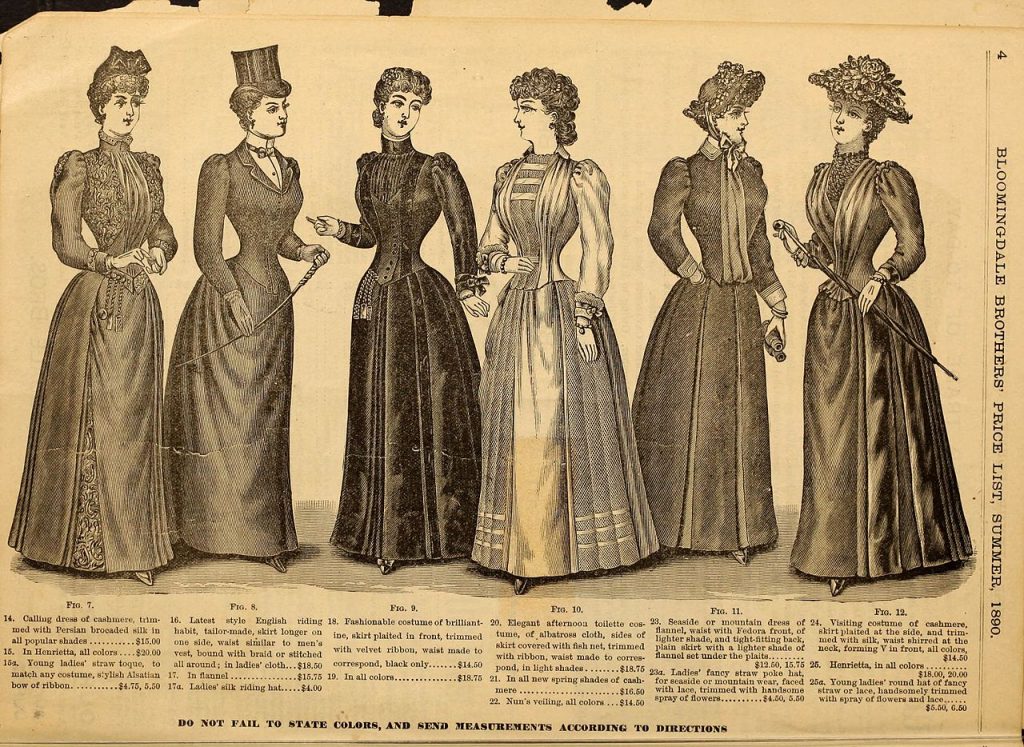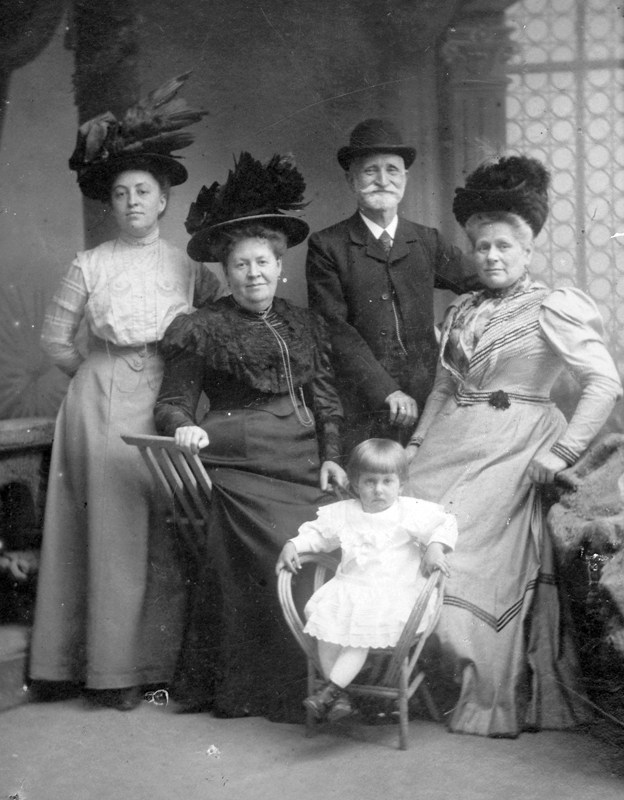One of the most iconic female feminist surrealist/expressionist artists of the 20-21th century.
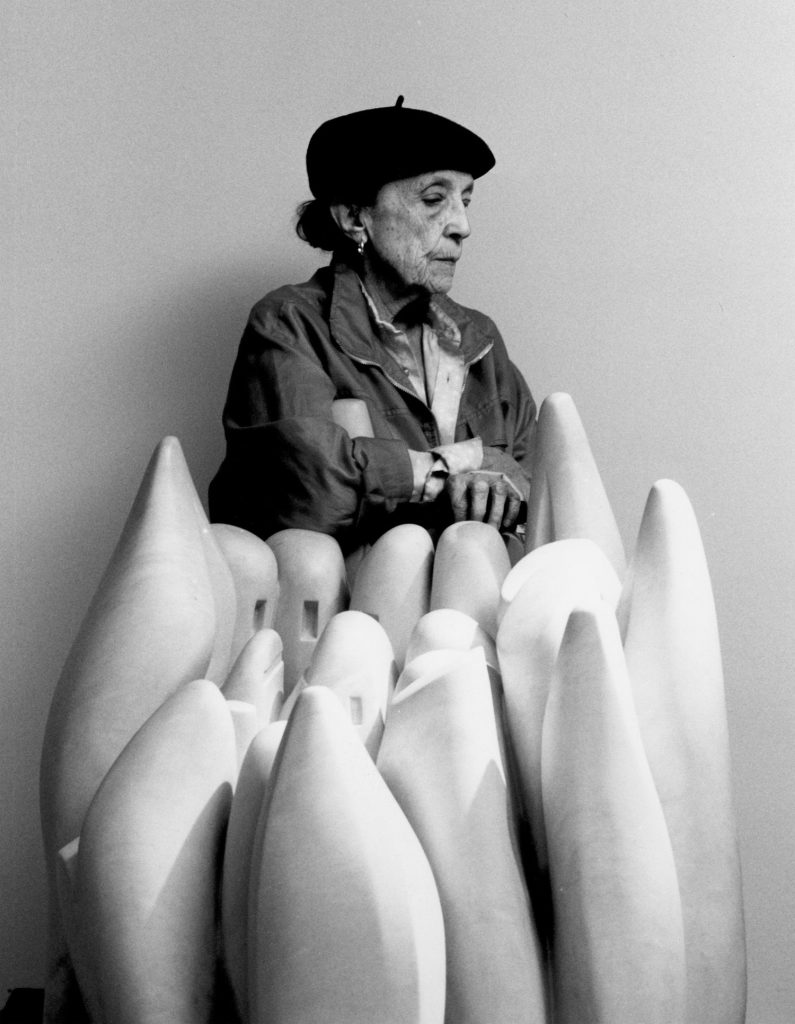
Biography
Louise Bourgeois was born to a family who owned a tapestry business in 1911. She was one of three children in the family, and her childhood was very rough due to her father being drafted for WW1. Her father’s affair and the war both destroyed the peace in the family; some of her works are believed to be influenced by these adversities in her life. She went to several different art schools and has experience in many different fields of study, such as math, philosophy, art, and art history. In 1938, she studied with the cubist artist Fernand Léger, who recommended sculpture to her. from 1939-1942, she became the mother of three boys in three years. This was an immense challenge for her, as an artist who is also a mother. However, this did not stop her from her career’s success, as she created many iconic paintings and sculptures throughout her life.
Artworks
Many of Louise Bourgeois’s works reference personal experiences in her life. She often expresses themes of feminism in her most iconic artworks; she is never limited to any material or scale, which is evident in the diversity and variety her works exhibit. Some of Bourgeois’s works have also been exhibited together with other iconic expressionist artists such as Jackson Pollock and Mark Rothko.
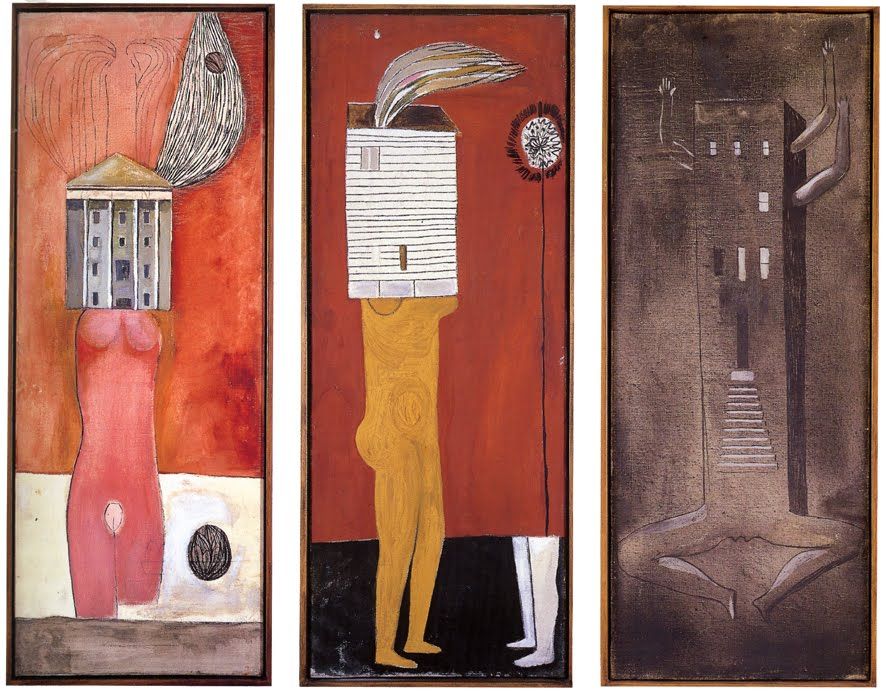
This series’s title literally translates to “housewife”. After learning about her biography, I definitely see why she chose this theme and used this approach. As a woman who has experienced the difficulty of having so many responsibilities in her life, she expresses this burdening reality in this series of paintings.

This sculpture, made of resin, latex, cement, and other materials, expresses what Louise Bourgeois feels about the relationship between earth and our bodies. She once said that “Our own body could be considered, from a topological point-of-view, a landscape with mounds and valleys and caves and holes. So it seems rather evident to me that our body is a figuration that appears in Mother Earth.”

As seen in many of Bourgeois’s works, she often likes to create shapes that are visually similar to body parts that explore themes of sexuality, and gender, which is something she had challenges within her past.

The shapes and tools in this piece resemble spindles, needles, and other objects that may reference her mother being a weaver. This piece represents the different connections she has with the people in her life. According to Bourgeois, this piece is meant to show a “reconstruction” of her past.
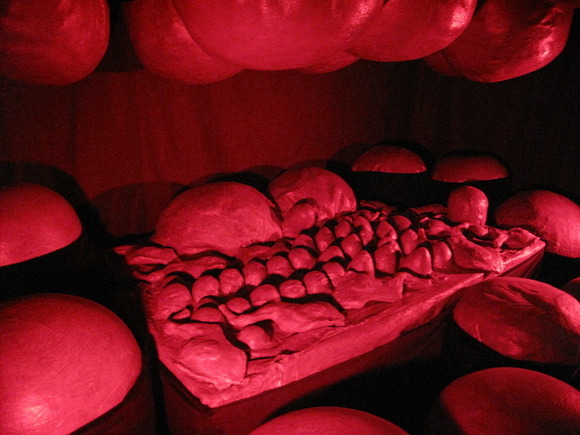
This may be one of her most famous pieces, as it is a reference to the betrayal and hatred she has towards what her father did to her family when she was young. The flesh-like shapes (a reference to her father being dismembered and liquidated) are placed in a room that resembles a bedroom/dining room, suggesting that she would devour her father for what he did. Truly an impactful and gruesome piece that really delivers her emotions.
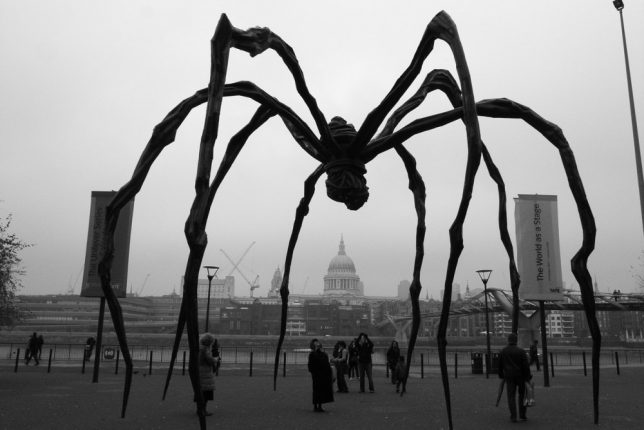
Perhaps one of the most iconic pieces that people think of when they remember Louise Bourgeois. Although this may look like a menacing huge spider, its story is heartwarming. It is a tribute to her mother, to whom she is deeply attached. Spiders, in Louise Bourgeois’s mind, are diligent and intelligent weavers who are protective of their children that devour their enemies. Her mother also has these qualities, which is why Bourgeois chose the spider to represent her. This subject appeared constantly and consistently in Bourgeois’s works during the 90’s.
Reflection
I was fascinated by Louise Bourgeois’s works and how emotionally impactful they are. In my opinion, successful abstract/expressionism art wouldn’t be purposely made to look confusing without meaning or effort, it should still deliver strong ideas or emotions, even if it’s up to the audience’s interpretation. This is why I love Bourgeois’s works. I can feel her ideas, her personality, and how much her experiences and memories mean to her.
Sources
https://www.theartstory.org/artist/bourgeois-louise/artworks/
https://www.tate.org.uk/art/artists/louise-bourgeois-2351/art-louise-bourgeois
https://www.artsy.net/artwork/louise-bourgeois-pregnant-woman-12
https://www.thoughtco.com/louise-bourgeois-quick-facts-183337
